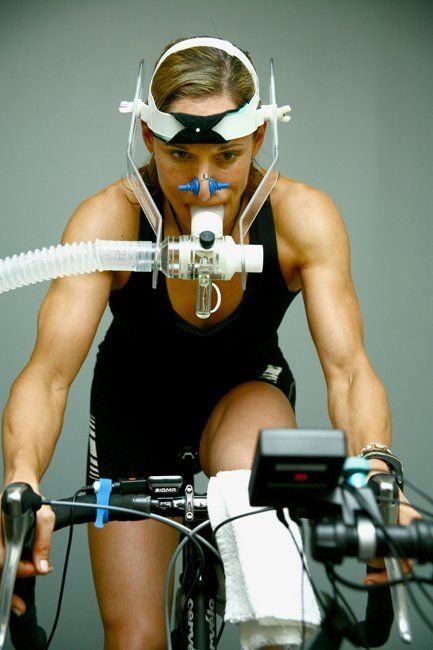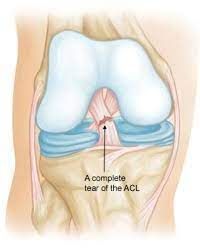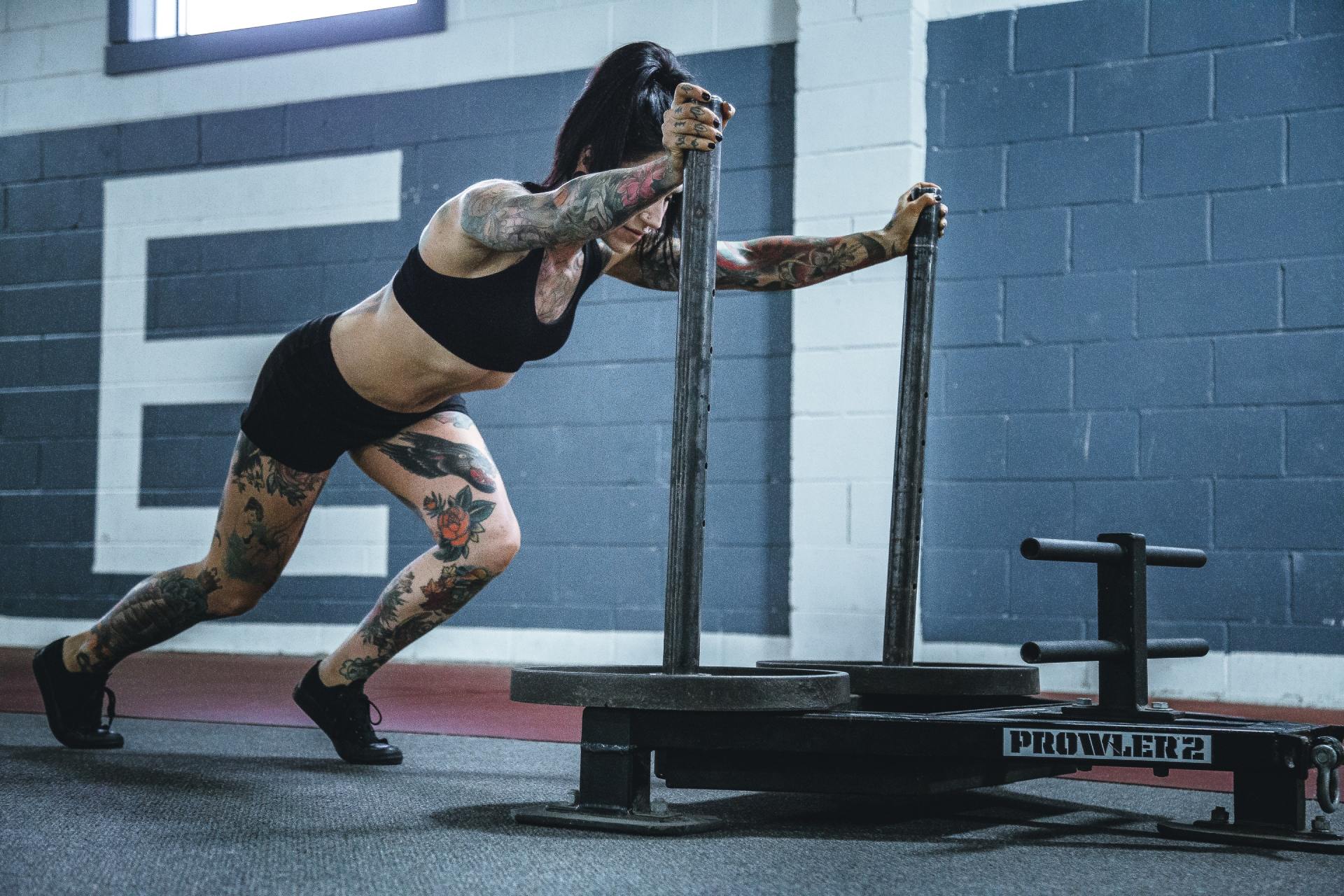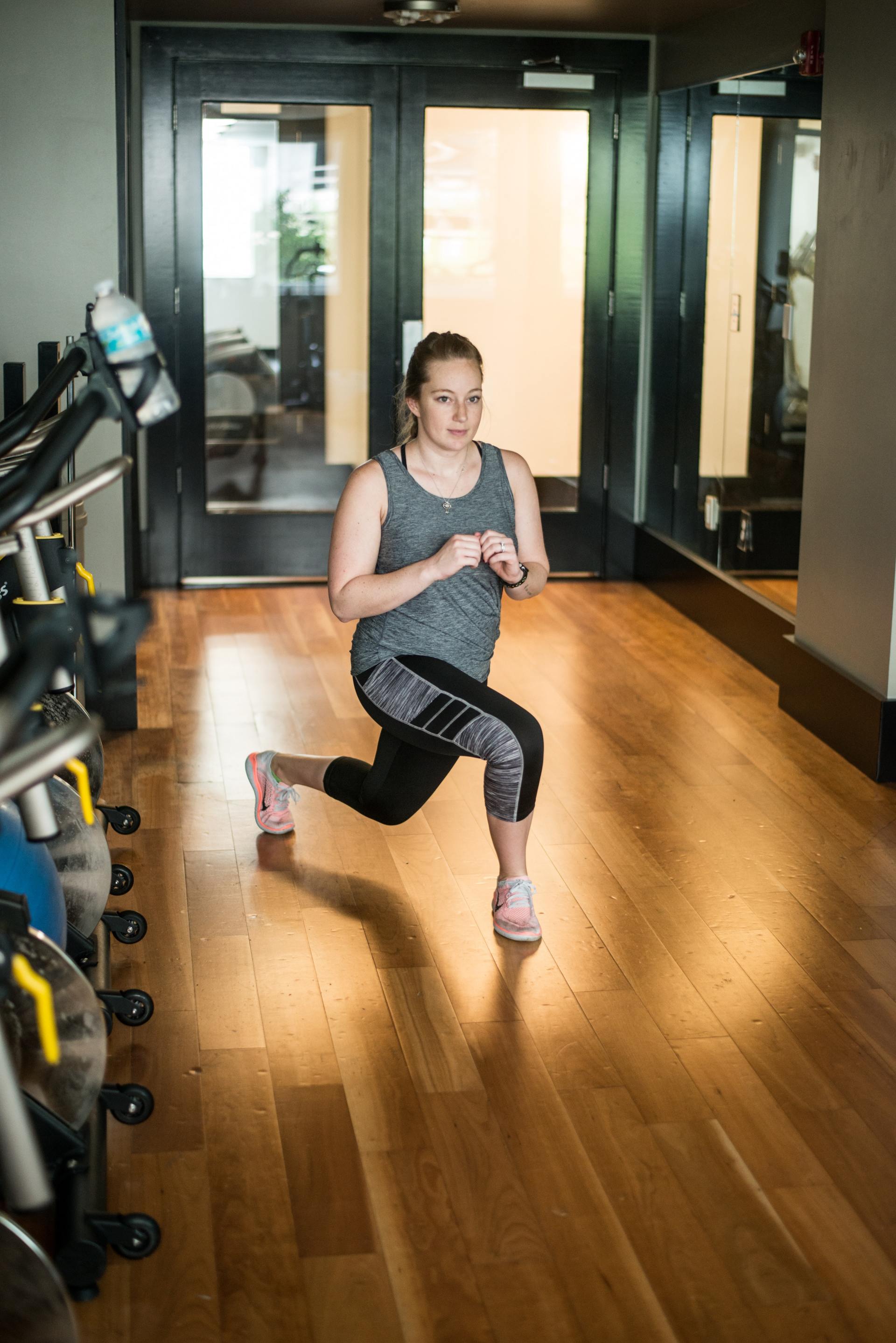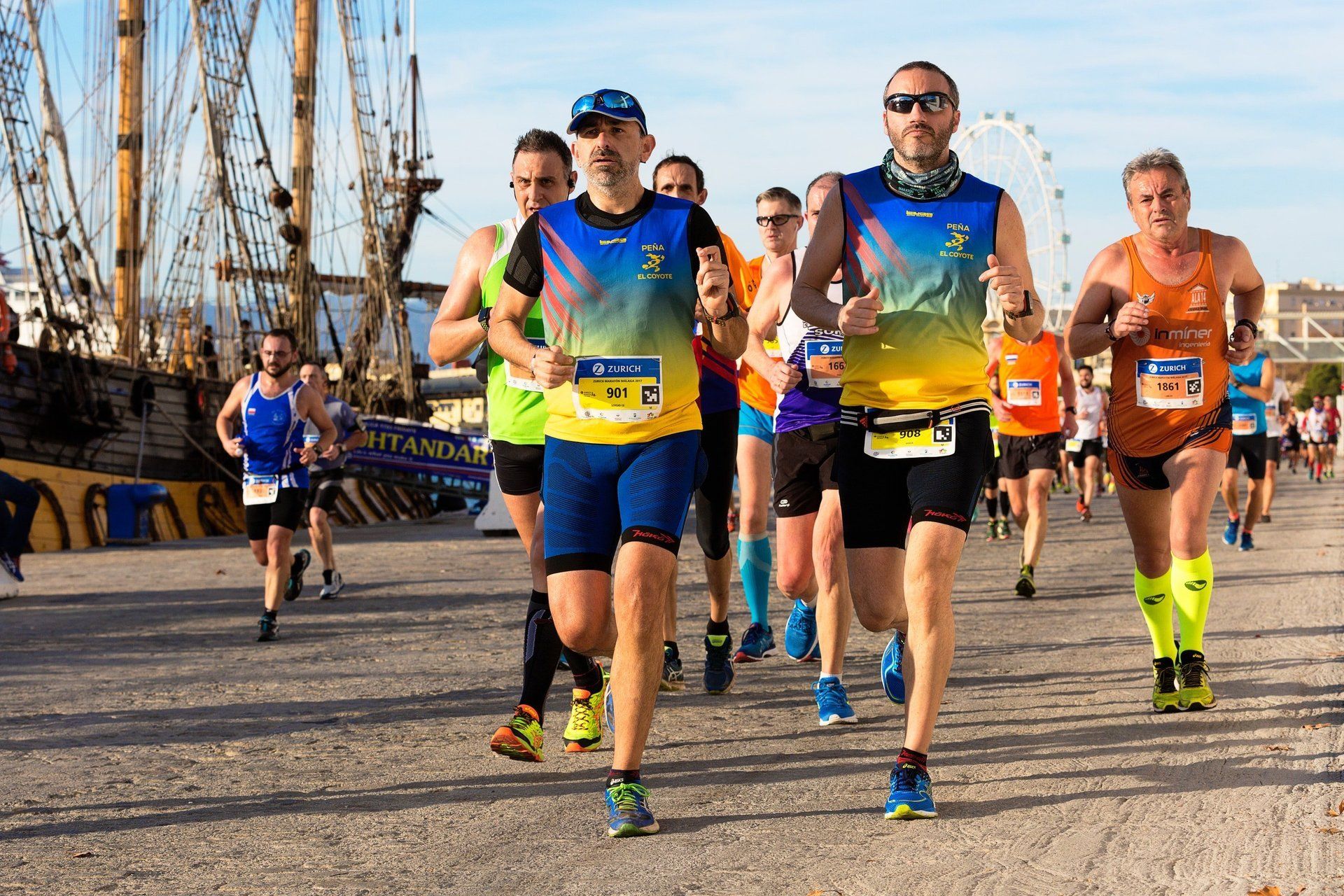Fit to Ride
Are you ready to cycle fit?
There has been a huge increase in interest in cycling over recent years as more people become aware of the health and fitness benefits’ cycling achieves, as well as its advantages as a fast and economical means of transport. Studio cycling has also grown and has been identified as one of the most popular group exercise formats in clubs worldwide.
Here are some training basics for cycling that will be helpful across the spectrum of participants.
- Cadence - The number of times the legs turn the cranks in a full circle over the space of a minute. It is measured in revolutions per minute (RPM). That is, the number of times that the right or left foot passes through the bottom of the pedal stroke over 60 seconds.
- Gearing - Allows the rider to change the distance that a bike would travel forward for one revolution of the cranks. If you change into a higher gear while keeping the same pedal speed, the bike will travel faster. More power is being generated, so it will feel harder. In the context of indoor cycling, resistance replicates the effect of gearing.
- Power - Produced when cadence and gearing are combined. Power is a rate of doing work and measured in watts. In terms of generating power with the least fatigue, cadences in the region of 80 to 100rpm are often quoted. However, beginners will often struggle to sustain these speeds and often “mash” a larger gear (struggling against too great a resistance). This can have the unfortunate effect of inducing lactate build up, which may put them off. More experienced cyclists tend to use lower gears and “spin” the cranks at speeds of 85 to 100rpm.
Components of Fitness
Technique
Most people learn to cycle as a child and, once they’ve mastered movement and balance, very little attention is paid to technique. From that point on, it is usually assumed that people can just get on and go. As a result, good pedaling technique and, just as importantly, good posture tends to be forgotten. As adults, people may often repeat any bad habits picked up in childhood.
A constant awareness of smoothing out of the pedal stroke is crucial for efficiency as power comes from the whole of the pedal stroke. Good pedaling technique takes advantage of the entire pedal circle, rather than just the down stroke. This has been helped considerably by the wide-scale adoption of cycle-specific shoes and pedals.
Posture is also much neglected. Good basic posture points (lengthened, neutral spine, relaxed and gently retracted shoulders, core engaged) should apply even though the upper body is tilted forwards towards the handlebars. Observe some participants in an indoor session, and you will see a huge difference in the participant who is hunched over the bars, grinding away and the participant with strong, tall posture.
Cardiovascular System
The rhythmic nature of cycling, in its use of large muscle groups, requires an efficient delivery of oxygen from the heart, lungs and circulation. All cyclists need a good cardiovascular base, which gives them the ability to produce power steadily for sustained periods.
Skeletal Muscle
Cycling in the real world is generally an endurance activity, but it is interspersed with intervals of greater speed and resistance. As well as a good cardiovascular base, cyclists also require the capacity for shorter bursts of power, whether that is to climb a hill, accelerate away from an imminent hazard or to break away from opponents towards the end of a race. This means that cycling challenges muscle fibre types across the range, including Type I (endurance biased), Type IIa (medium duration/moderate to high intensity biased) and Type IIb (short duration/high intensity biased).
Benefits of Outdoor Cycling
Essentially, outdoor cycling is a random interval training session. If you think about all of the key elements (up hills, down hills, flats, accelerating to overtake, recovery, sprint finishes etc), a variety of cadences and resistances are used, which place differing demands on the skeletal muscle and the cardiovascular system.
Low cadences with higher resistances tend to challenge fast-twitch fibres and lactate tolerance, while higher cadences with lower resistances tend to challenge slow-twitch fibres and the cardiovascular system.
For the majority of participants, a level of cross training is key in order to work all the systems involved. This approach provides the widest variety of health and fitness benefits from a single exercise session. Some athletes may want to concentrate on encouraging more endurance or speed from their short duration/high intensity biased fibres, depending on the duration/intensity of their discipline.
Outdoor cycling also provides the challenge and excitement of engaging with a constantly changing environment.
Benefits of Indoor Cycling
Originally, indoor cycling was developed by endurance rider Jonathan Goldberg (“Jonny G”) as a way of complementing his outdoor training. But he found that the combination of indoor training and the use of music brought a different and complementary aspect to his regime.
Indoor cycling has the following benefits:
- It allows pure focus on technique without any of the distractions of being outdoors (i.e., traffic, road surface, intersections, etc).
- It allows use of music. This is a major motivational tool that may not be feasible or safe to use on the road. In some indoor cycling courses, the focus is on cycling to the beat and phrase of the music. In this way, cadence is controlled, and a variety of different speed tracks can be used to create a cross training approach.
- Only the hardcore want to put a load of outdoor miles under their belts on a cold, dark, wet morning.
- Indoor cycling can accommodate a number of participants at different levels. They may all be pedalling at 80rpm in time with the beat, but their power outputs can vary significantly depending upon the resistance they have chosen.
So indoor cycling can help to give participants a cross trained effect that will directly impact upon their outdoor performance, not to mention their technique and posture. In addition to this, it can be made much more specific and tailored for participants training for an event if they wish to take part in very controlled, steady state or interval training without the distractions of the road.
A common mistake in indoor cycling is use of excessive speed. Many classes utilize extremely high cadences (in excess of 140rpm), either for prolonged periods or as a “sprint.” These speeds are likely to place substantial stress on the hips and knees, by transmission of rapid, uncontrolled, inertia driven forces through the joints. For this reason, some cycles have now imposed a 140rpm limit on the cadence readout.
The beauty of cycling is that it can accommodate the needs of an incredibly wide variety of participants. Indoor or out, focusing on these key concepts can help you create a stimulating and effective workout for whatever level of fitness and ability you are.
Richard Watson
Sports Therapist


